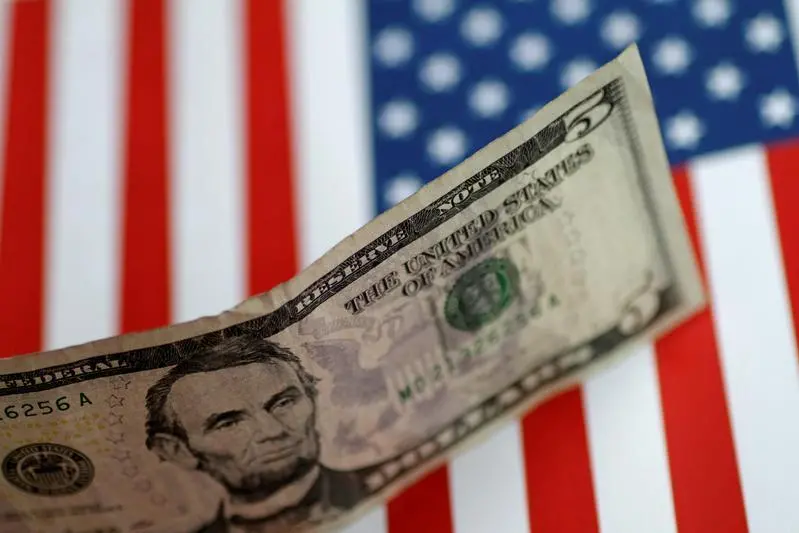PHOTO
Dallas Federal Reserve Bank President Lorie Logan on Wednesday said she supported last month's outsized interest-rate cut but wants smaller reductions ahead, given "still real" upside risks to inflation and "meaningful uncertainties" over the economic outlook.
"Following last month’s half-percentage-point cut in the fed funds rate, a more gradual path back to a normal policy stance will likely be appropriate from here to best balance the risks to our dual-mandate goals," Logan said in her first public remarks since the Fed reduced its policy rate to the 4.75%-5.00% range three weeks ago.
The central bank, she said, "should not rush to reduce the fed funds target to a 'normal' or 'neutral' level but rather should proceed gradually while monitoring the behavior of financial conditions, consumption, wages and prices."
In prepared remarks to an energy conference hosted by the Greater Houston Partnership, Logan ran through a litany of reasons to go slow, even as she also noted that inflation progress has been broad-based and the labor market has cooled.
"I continue to see a meaningful risk that inflation could get stuck above our 2% goal," she said, noting the potential for stronger-than-expected consumer spending or economic growth; "unwarranted" further easing in financial conditions; and the possibility that the level of borrowing costs that neither presses down or up on economic growth - the "neutral rate" - is higher than it was before the pandemic.
Other upside inflation risks include the reemergence of supply chain issues amid geopolitical risks and the East Coast dockworkers strike, she said, noting that workers and port operators plan to revisit their contract in January.
Logan did nod to risks that the labor market, while still healthy, could "cool beyond what is needed to sustainably return inflation to 2% or that the employment situation may even deteriorate abruptly."
And Logan also said she "supported" the decision, though omitting any modifier like "strongly" or "whole heartedly" that other Fed policymakers have used to characterize their degree of enthusiasm for the half-point move.
"Less-restrictive policy will help avoid cooling the labor market by more than is necessary to bring inflation back to target in a sustainable and timely way," Logan said.
Her comments made clear she remains worried that inflation pressures could reemerge.
"Downside risks to the labor market have increased, balanced against diminished but still real upside risks to inflation," she said. "Any number of shocks could influence what that path to normal will look like, how fast policy should move and where rates should settle."
The policy path, she added, should not follow a preset course; the Fed, she said, "will need to remain nimble and willing to adjust if appropriate."
The Fed will release minutes of its Sept. 17-18 meeting later on Wednesday, and investors expect to learn more about how divided policymakers may have been about delivering a bigger-than-expected rate cut, and their outlook for the rate path ahead.
(Reporting by Ann Saphir; Editing by Andrea Ricci)























